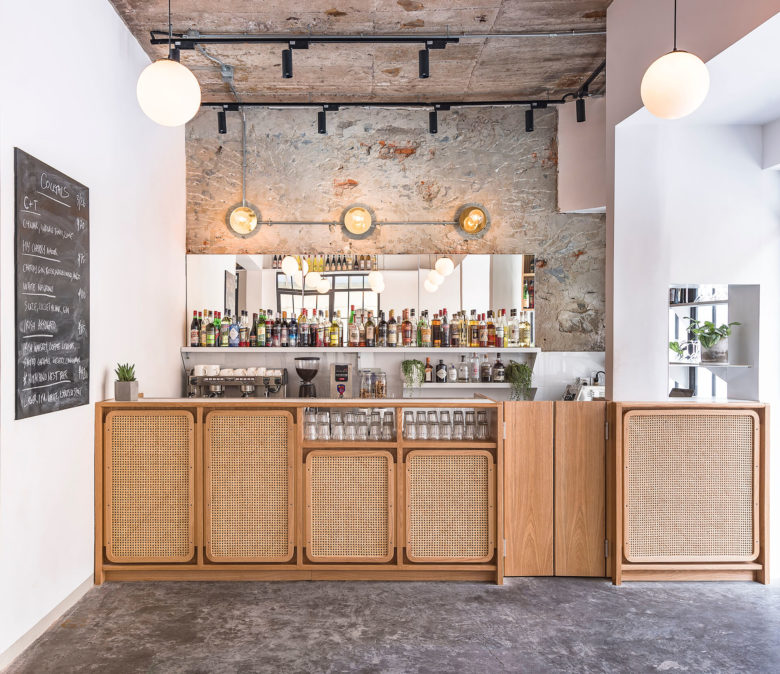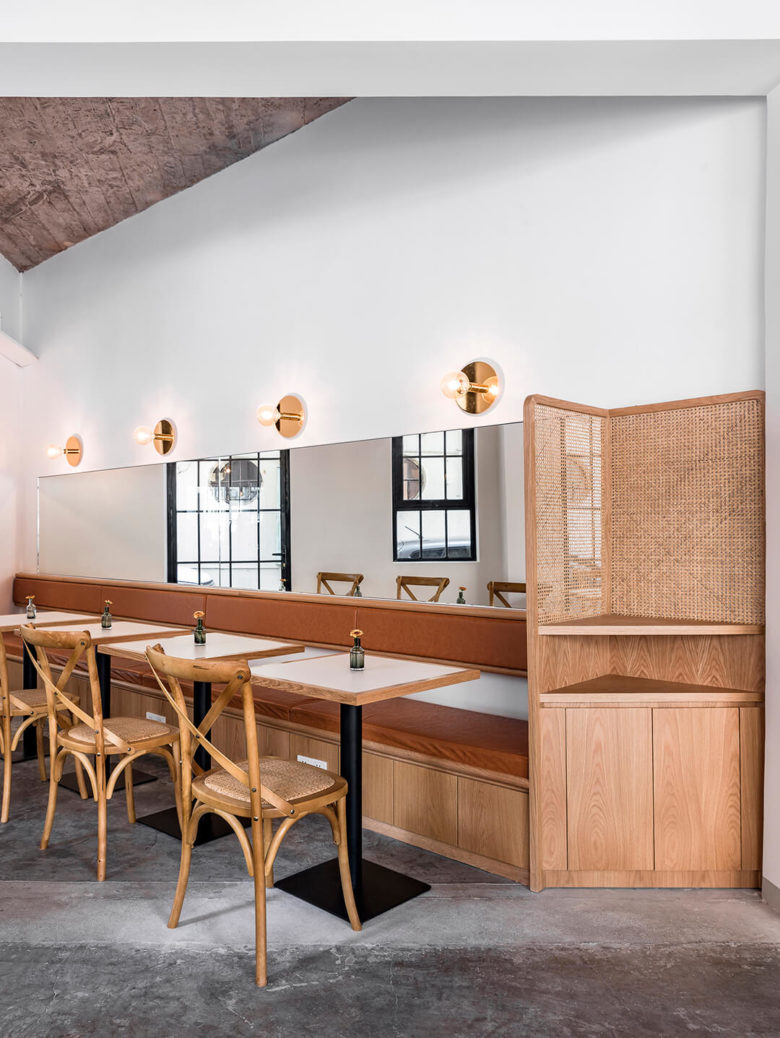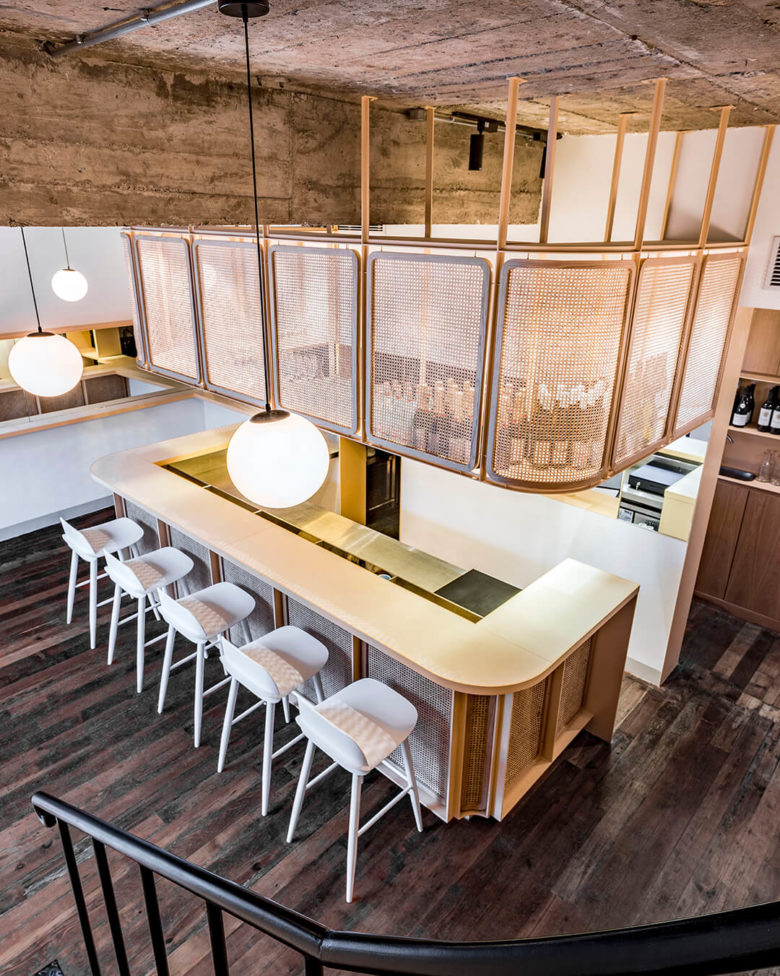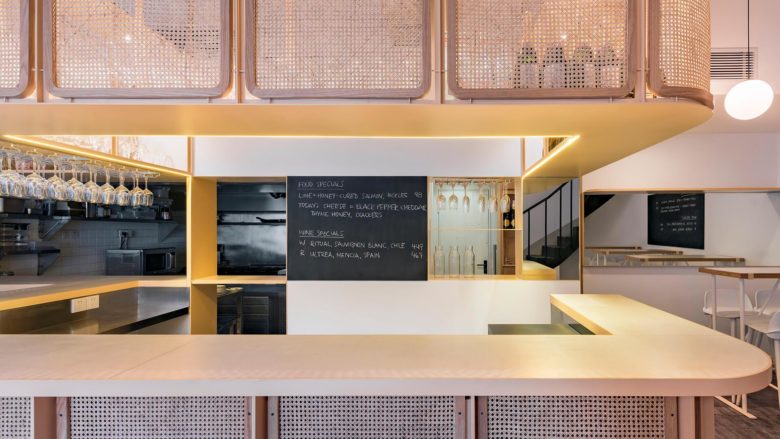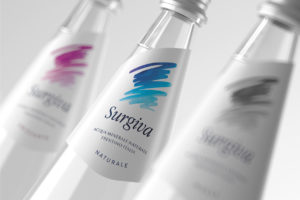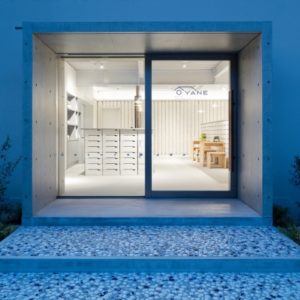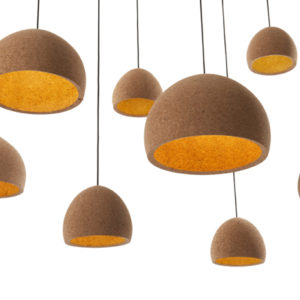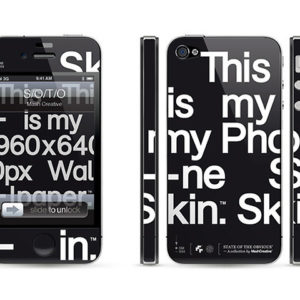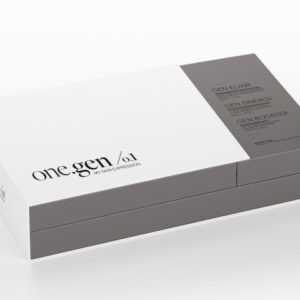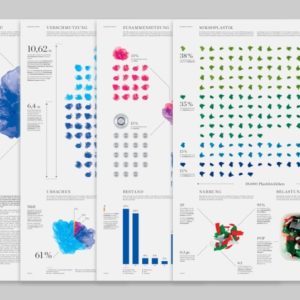

During the Ming dynasty, the teng pai shou of the Chinese military used shields made of rattan. As the material had no wood grain, it didn’t split, making for cheap and durable defence in battle. Since then, around four centuries later, the palm has been used instead in basket weaving and furniture making, even becoming a victim of its own success: the telltale pattern became so popular last century that the lightning-speed changing tastes of the country’s bigger cities came to see it as undesirably uncreative.
But not to local design studio Linehouse, who challenged themselves to teach an old material new tricks. In two of their most recent projects, a wine spot called Bird and a coffee-and-cocktail house named Bitter, rattan takes the spotlight once again. ‘Being a common, cheap and humble material, it was readily sourced, yet it is a material not frequently seen in modern Shanghai,” explained Linehouse’s Alex Mok. ‘Our intention in using the material here was a nod to this contrast, and at the same time a celebration of the beauty of its simplicity.’
Although separated by an alleyway, the neighbouring venues feel like contrasting versions of each other, one to be visited during the day and the other at night. That contrast goes beyond location, as the very modern hospitality formats use nostalgia as a key visual point, with a geometric, curving central bar in Bird and minimalist screens at Bitter placed in front of a palette that recalls 1970s domesticity.
The most striking response, though? Their idea of domesticity isn’t limited to China. ‘Many people have commented that it reminds them of the chairs or tables they had in their childhood homes, whether they are from the east or the west,’ added Mok. ‘[The rattan elements] have become a talking point among the varied patrons of Bird and Bitter, and that shows the universality of the material.’
